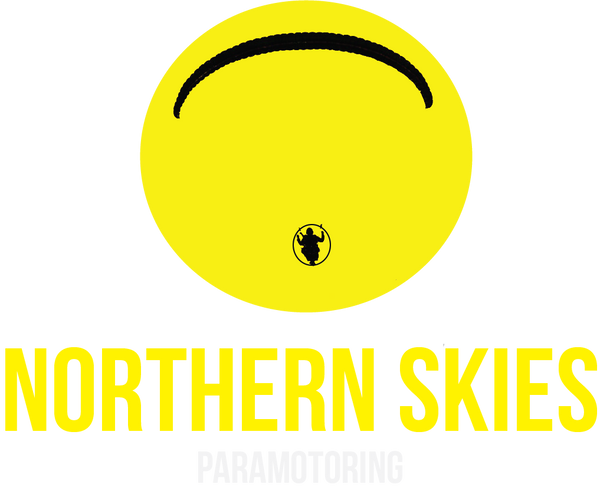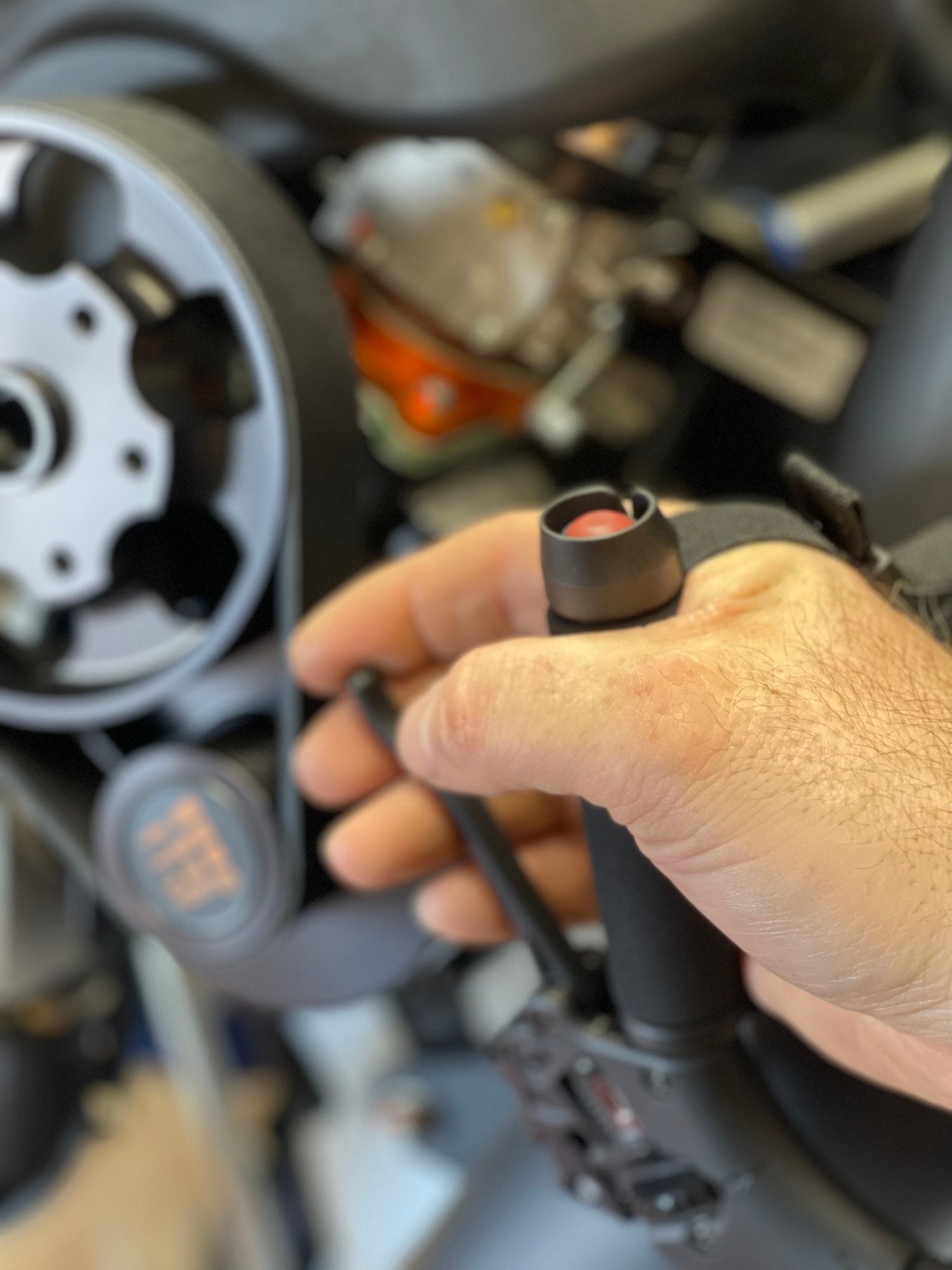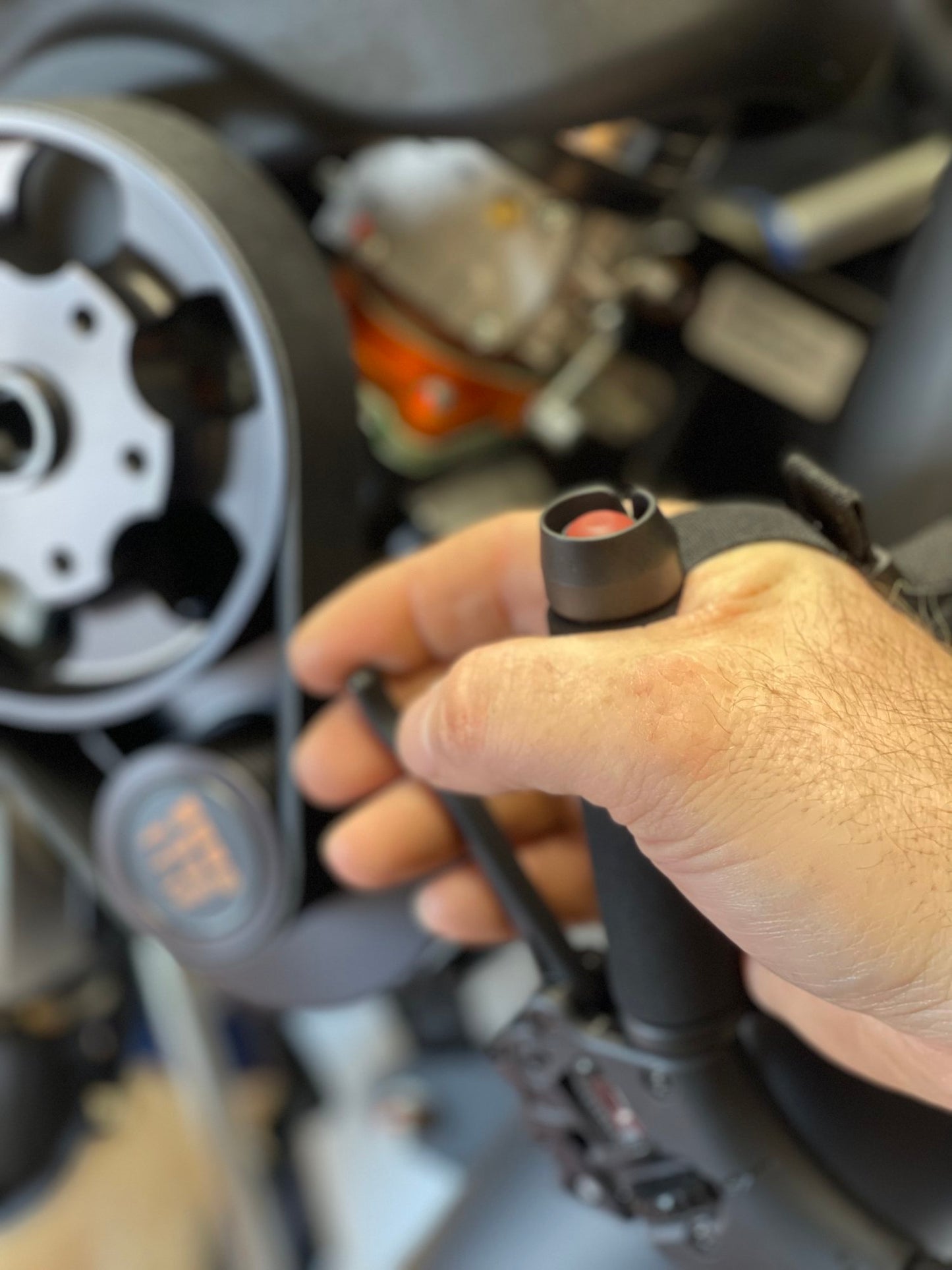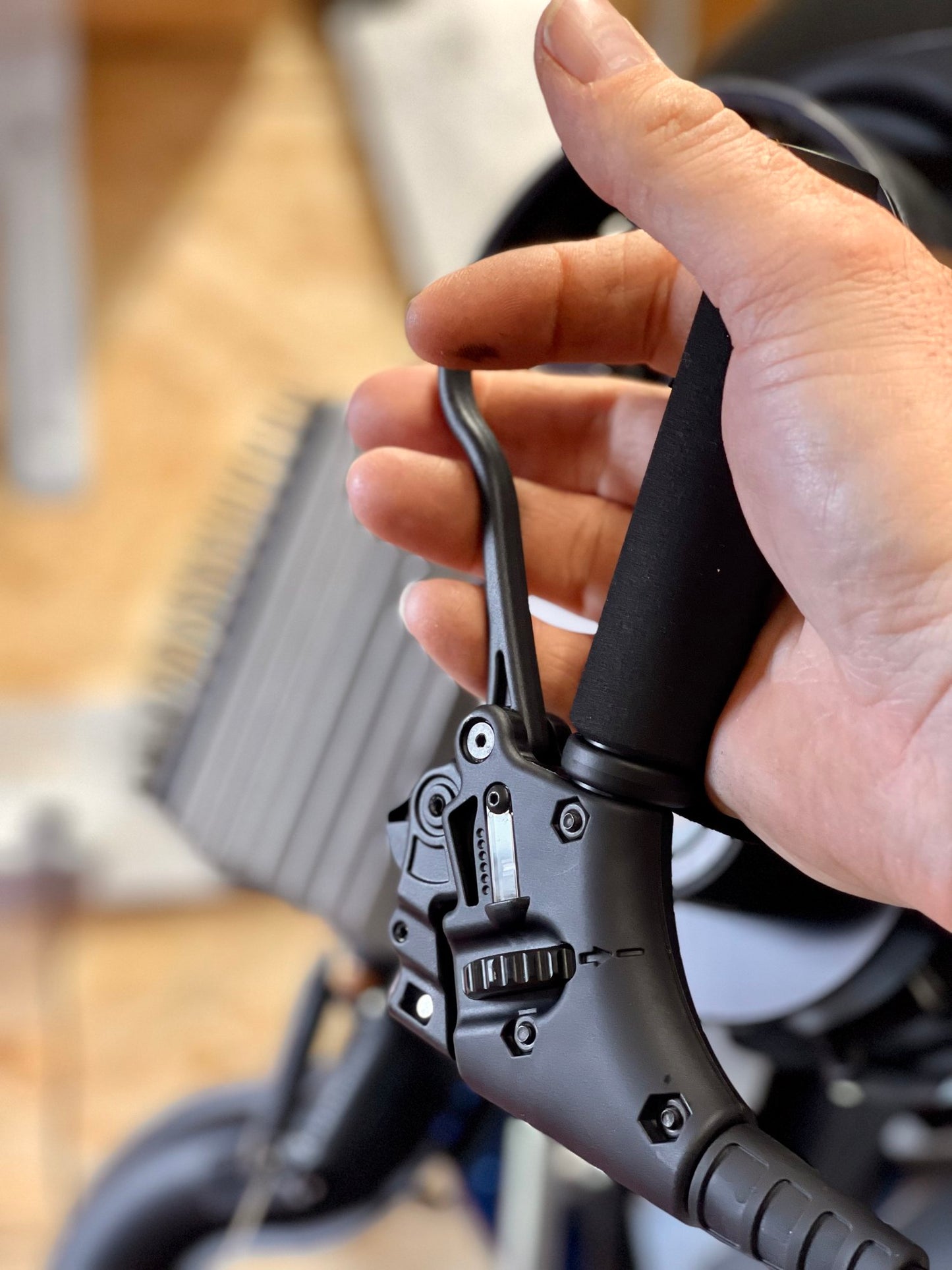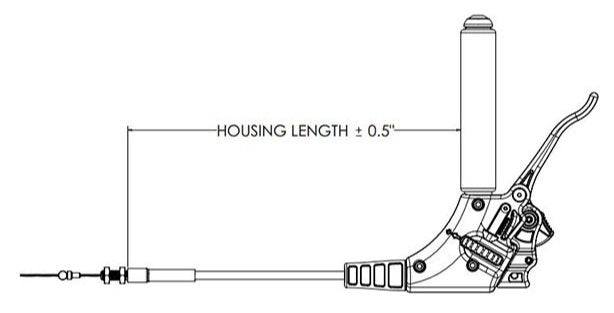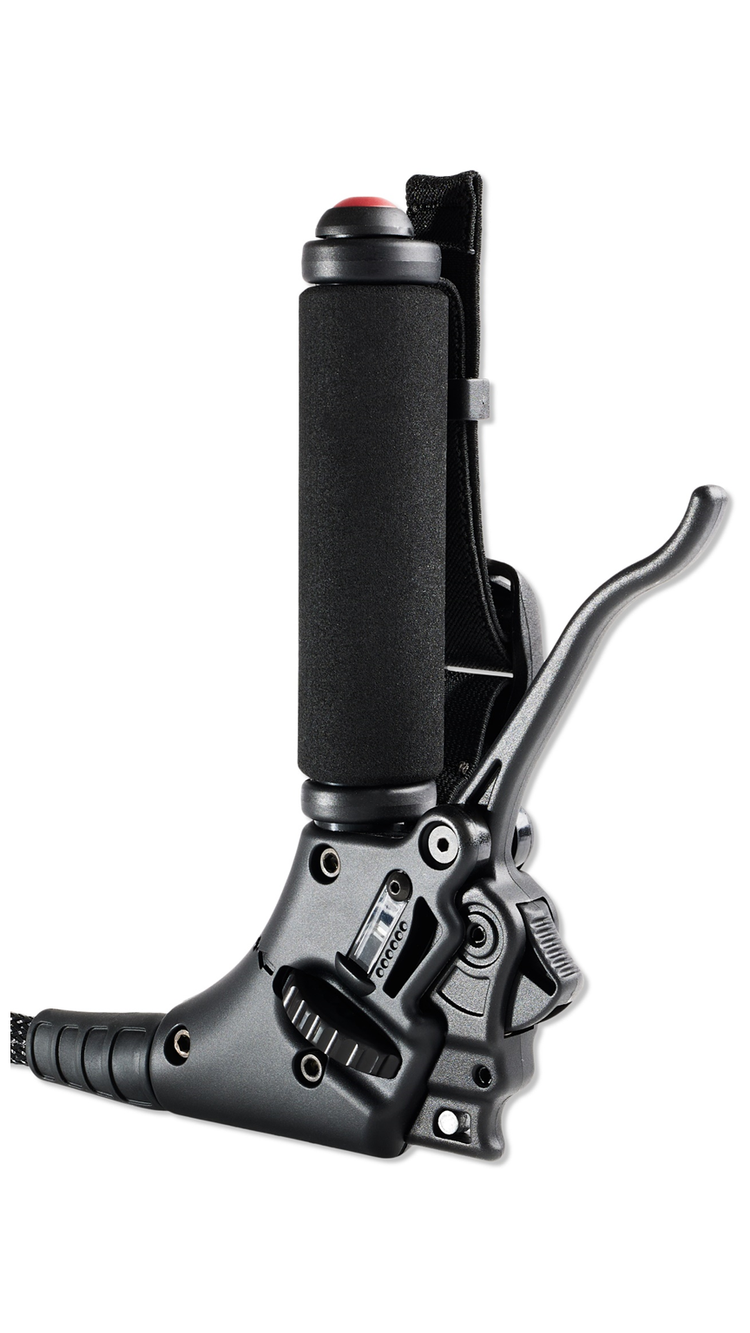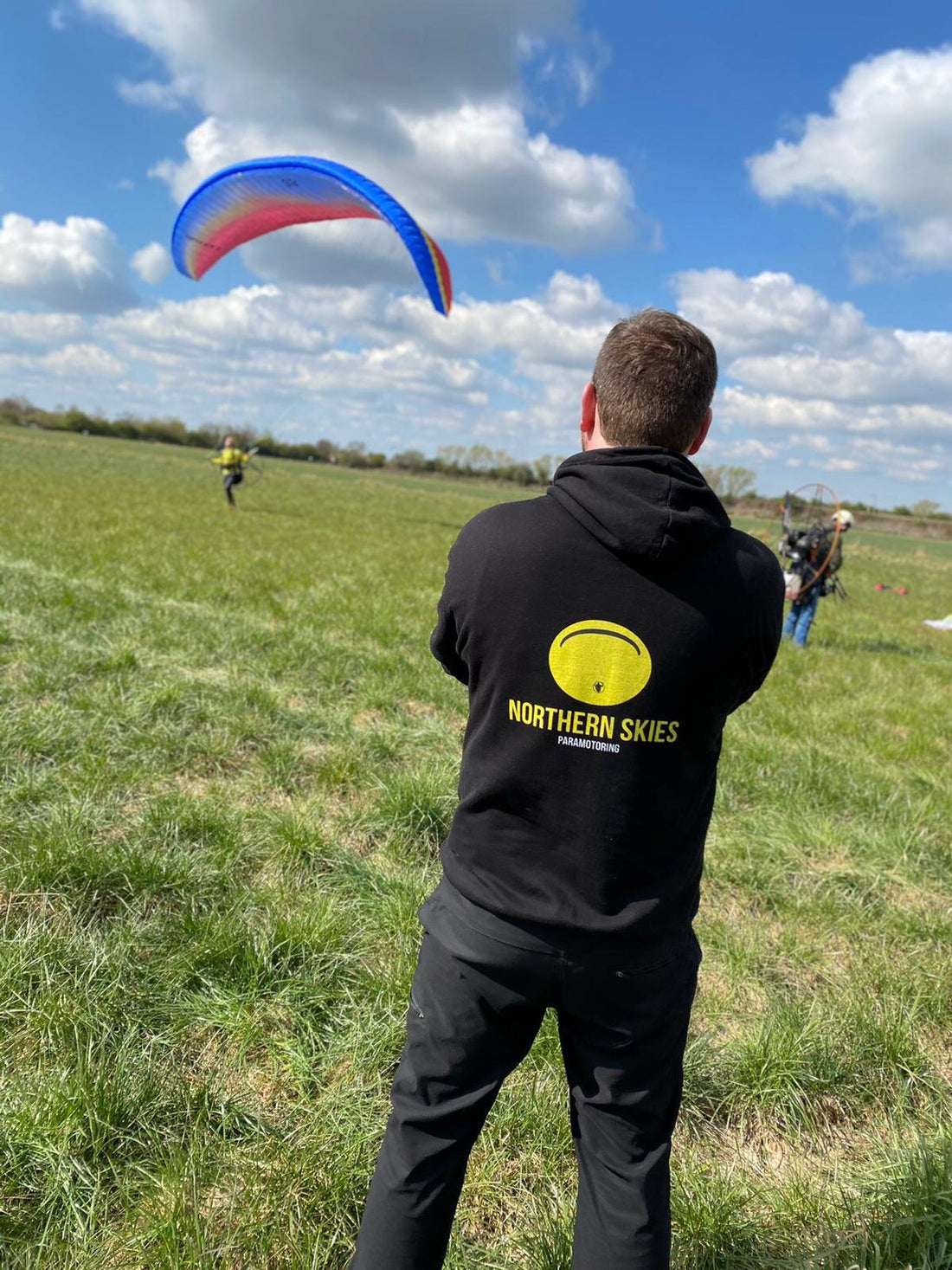
Learn to Paramotor
Share
I guarantee getting paramotor lessons will be one of the best things you will ever do! The sense of freedom and adventure that comes with flying powered paragliders is amazing!

Your journey into the sky starts with choosing the correct paramotor school for your training, hopefully, after landing on this page you are going to consider us but even if you don't I highly recommend choosing a registered school with qualified instructors. In the UK the CAA recognises the BHPA as the governing body of all things paragliding, paramotoring and hang gliding. So in choosing a BHPA school you know your school is inspected on a regular basis and your qualified instructors will have gone through thorough training.

At this point, some people may find it extremely tempting to buy their first paramotor and wing but please, please hold fire. It is a much better option to take your first flights on school equipment. This equipment will have been chosen as good equipment for your first flight, that doesn't mean it's going to be the best equipment moving forwards in your Paramotor in career. Paramotor equipment is a very personal decision and a good instructor will be able to guide you in getting the best equipment matched to you and the type of flying you want to achieve!
Once you have a few flights under your belt that is the time to be looking into what equipment you would like to start your paramotor adventure.
If it's a low wind day you will spend the day doing forward launch practice, understanding how to keep the wing above your head and hopefully touch a bit of theory on how a wing flies and how to choose the correct weather conditions. If there is a little breeze you should hopefully get a chance to also practice reverse launching "Ground Handling" the wing.

At Northern Skies we then move on to using a winch which allows a qualified winch operator to tow you up on your first small paraglider flights, this is the perfect opportunity to practice lots of takeoff and landings. Once you have proved to your instructor that you can fly the paragliding wing, take off and land softly on your feet it's time to add the paramotor.
First, you will spend a session getting to know the paramotor, feeling of the thrust and propeller effects on your back before attaching the wing and having a go at ground handling with it on your back. A new challenge! Once your instructor deems that you're ready and after a thorough brief it'll be time for your first flight!
Your first flight will consist of flying a couple of circuits around the field getting used to the feel of the wing and paramotor. You will probably complete a minimum of five of these circuit flights before moving on to some of the exercises required.
You can expect to have completed the exercises after around 10 to 20 fights, this will get you up to a club pilot standard allowing you to leave the school and fly by yourself. At Northern Skies this is actively encouraged, it's great to get a bit of air time under your belt before moving on to the pilot section of your corse.
When you return to school it's time to crack on with cross country flights, getting away from your takeoff field, learning how to safely navigate the skies and integrate with other aircraft. You will also be polishing off the skills that you learn at the first part of your Paramotor training. Getting to the point of being pilot-rated is a goal for most paramotor students. The BHPA Pilot rating means you're ready to head out and experience the joys that paramotoring can bring!
Enjoy and see you in the air!
